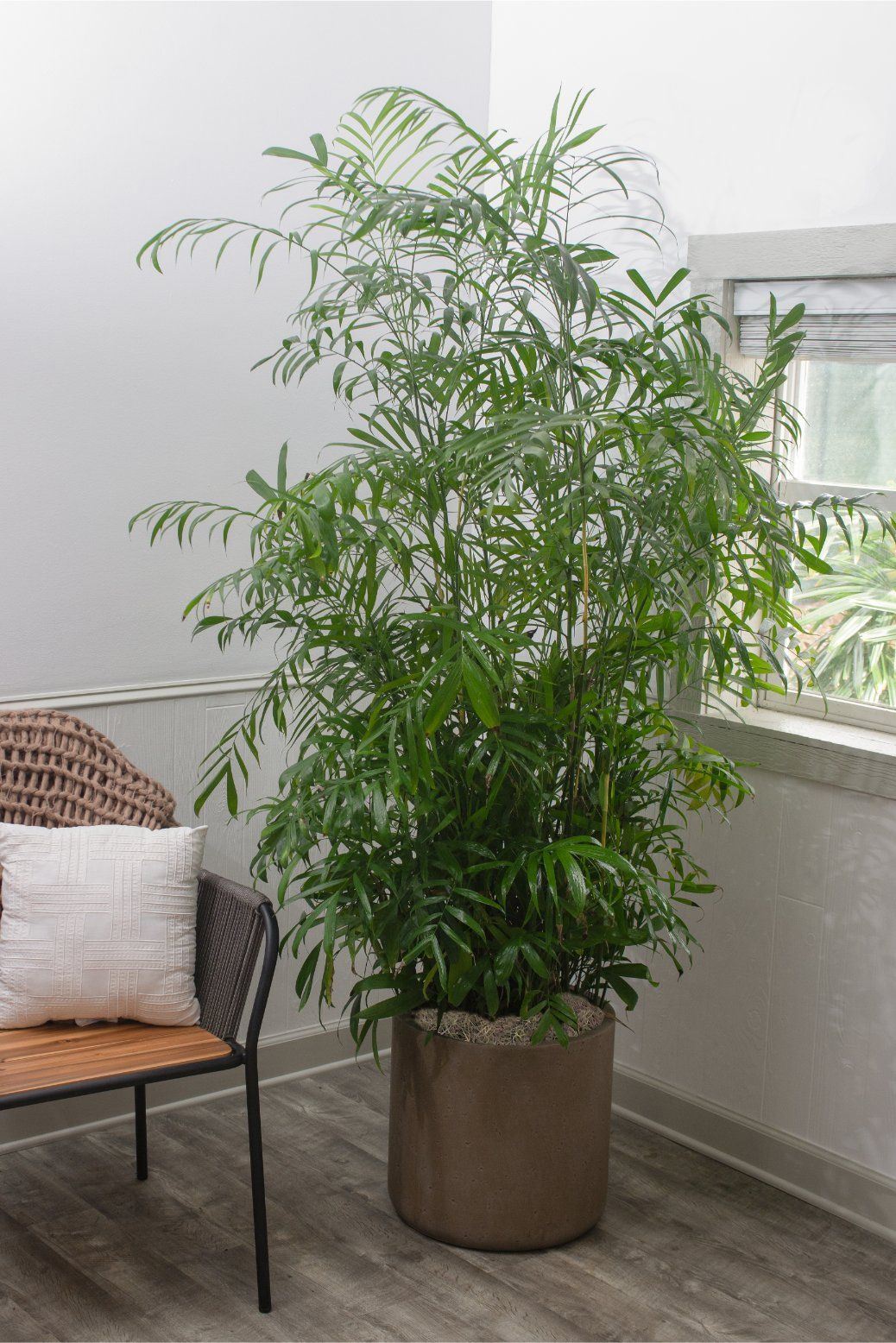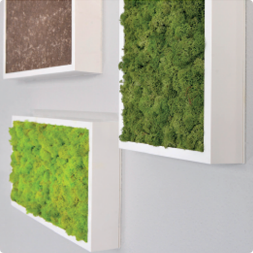Bamboo Palm Care Guide
Called a Bamboo Palm for its likeness to the real Bamboo as it has stems marked by leave sheaths that have been shed, this plant might be a bit different than what you expect from the name of it. Originally known as the Chamaedorea which means ‘on the ground’ in Ancient Greek and also referred to as a Reed Palm, the Bamboo Palm has remarkable shade tolerance and does exceedingly well when placed near a light and bright window. If you do not have a big open window it even does superbly in north-facing light as well, so that is something you can keep in mind! The Bamboo Palm is native to Central and Southern America, where it was essentially part of the understory in the rainforest and that is where it gets its incredible shade tolerance.
Bamboo Palms are extremely common house plants due to their low-light tolerance and they are great air filters for your indoor spaces as well. So, you are not just receiving a beautiful addition to your home but improving your air quality as well! There are many varieties of the Bamboo Palm such as the Cat Palm, Cauqui Palm, Dwarf Bamboo Palm, and the Hardy Bamboo Palm. The Cauqui Palm grows well in a ton of shade and normally grows anywhere from 8-10 feet tall and 3-4 feet wide, so this one is a big guy. The Cauqui Palm dislikes dry soil, so it is important to always keep the soil very moist to keep your Cauqui satisfied and exemplify that replication of its natural habitat in the rainforest.
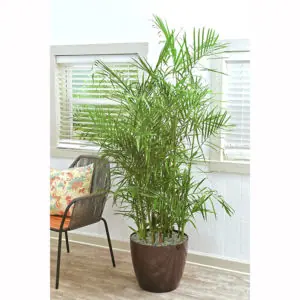
Most Effective Lighting Conditions for the Bamboo Palm
These palms do not normally like full sun, but they do prefer a good amount of partial sunlight. Since the Bamboo Palm can endure lower light levels, it will thrive adjacent to an east-, south-, or west-facing window. So, good filtered natural light or bright fluorescent light will keep this palm growing strong just fine, but do not fret too much if you feel the plant is not bathed in sunshine 24/7 it is not a requirement for this particular plant type and can actually do more harm than good.
How to Water Your Reed Palm
Bamboo Palms are native to forests of central and northeastern Mexico. Since it comes from a natural habitat that is pretty moist, it appreciates a regular watering schedule, so you need to stick to it! It is imperative to keep your Bamboo Palm evenly wet as an indoor plant. Your Bamboo should be watered to maintain soil moisture. Overwatering of this plant can cause the leaves to yellow and drop though, so it is a fine line you walk along to keep your Bamboo Palm healthy and happy. The best thing you can do is invest in a SoilSleuth to really determine if your watering is being done correctly. The SoilSleuth is a soil probe that is used to properly decide when to water and when to not water by measuring soil moisture below the surface. The Bamboo Palm needs less watering during the fall and winter seasons though. Your Bamboo will not need extremely high humidity to thrive, however, it is imperative that you avoid conditions that may dry out the bamboo. One certain conditions to avoid that dries out the Bamboo Palm, is placing your plant near heating and cooling vents. So, keep this in mind when finding the perfect place for your new plant. It is critical that you never leave a Bamboo Palm sitting in excess water that drains from the pot it is in as well, this can do irreversible harm to your plant.
Also, to get a bit scientific, make sure you are using water that has not gone through a softener. This is important to think about because the high salt content in these softeners can damage the leaves of a plant tremendously. As far as watering goes, you can mix one-half teaspoon of a soluble fertilizer with a gallon of water to utilize. If the leaves begin to get brown towards the tips, then it is okay to switch to just water until it drips from the bottom of the pot to rinse overabundant fertilizer salts from the soil and start fresh. Once you do this, then you can empty the drip tray.
Instructions for a Healthy Indoor Plant
Like other plants shipped fresh from Florida, you will not need to feed your Palm for at least 6 months after you have received it, especially when it is coming from us here at PLANTZ. The reason for this is, we make sure there are already residual nutrients in the soil from when the plant was propagated. After 12 months’ time, it can be fed quarterly with a complete fertilizer. Palms benefit from feedings during the spring and summer and they do best with fertilizers that are high in nitrogen, check out our site to see some of our fertilizer options that will really help your Bamboo Palm thrive and grow. The high content of nitrogen will then encourage lush leaf growth, which obviously every plant owner wants to see, the more lush the better right!?
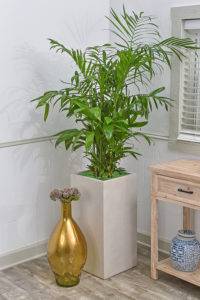
Cleaning the Leaves of a Bamboo Palm
This plant can be somewhat challenging to clean as it has a multitude of different sturdy stems, leaves, and leaflets that you are going to have to work around carefully and gently. It is okay to use a feather duster on the leaves of this plant, however, just make sure your feather duster is super clean because you do not want to transport pests and bugs from other plants you have used the duster on. Do make and effort though to try and do a more thorough cleaning of your Bamboo Palm every now and then as well with a little bit of soap and water to make sure it keeps all of the bad bacteria away and pests.
Just a Bit of Pruning Needed for Your Plant
The only time you will need to prune your Bamboo plant is if it starts to show any discolored leaves throughout the plant, so the answer to “Do I need to prune my plant?” is not very often! The only time that this discoloration in the leaves normally happens is when you see your plant start to age, so the older leaves become, those leaves begin to start looking brown and somewhat dull. You can just cut these older leaves off to salvage the plant and foster new growth, but just make sure you are using sharp shears and cut the front off at the base very close to the where it comes up from the soil. Overall, a little pruning is good for the Palms overall health just make sure to not go all Edward Scissorhands on it cutting off solid growth. Pruning can also make room for fresh growth. Before pruning makes sure to sharpen your pruners. Dull blades on the pruners can make tears that can open up wounds on the plant – yes you can actually injure your plant… OUCH!
Do I Need to Repot my Bamboo Palm?
Since Bamboo Palms are slow-growing plants they will not need to be repotted very frequently, so breathe a sigh of relief, because we know what a nuisance it can be to repot. It is only imperative to repot them when their pot is filled with roots as they no longer have any growing space at this point. When that time does, in fact, roll around to repot, make sure you get a new pot one size larger than the old pot. It is very important to put new soil into your new pot and be careful when you are transferring the plant from one pot to the other as the roots are very thin and brittle. It is also super important to periodically rotate your Reed Palm in order to aid in upright growth, so it does not end up asymmetrical or slanted.
Is my Bamboo at Risk of Creepy Crawlers?
Bamboo Palms are generally pest-free, however, sometimes they face issues with oh so feared spider mites. Spider mites are extremely common among house plants actually and are nothing to fear at all despite the name spider. Do not panic if you encounter some it is solvable. Spider mites are a fairly difficult pest to spot out because they are super super small and normally are on the underside of leaves, where plant owners commonly forget to clean or check. One way in which these spider mites can be averted is by washing the plant with soapy water roughly once every few weeks here and there, NOT forgetting the underside of the leaves, that is the key. Spider mites are more common during the summer months as they favor hot and dry conditions, so keep your eyes peeled even more than usual during the warm seasons. If you have a spider mite occurrence and you have treated, wait for a certain number of weeks to make sure there will be no comeback made by the spider mites since they are sneaky little buggers. It is imperative to make sure you repeat wiping and you will be mite free in no time!
My Palm Cleans Too?
The Bamboo Palm can have significant effects on your health as it is a boss at cleaning the indoor air. These palms are good at absorbing Formaldehyde, Benzene, Chloroform, and Carbon Monoxide from the air. For example, Carbon Monoxide is very harmful when humans breathe it in because it dislodges Oxygen in the blood and strips the heart, brain, and major organs of Oxygen. How scary is that?! So if you are looking for natural way to reduce risk of carbon monoxide and other harmful chemicals the Bamboo Palm is for sure the plant for you! Start the process of being a plant parent with the Bamboo Palm, and learn how to parent a living thing, but also a natural way to protect yourself from harmful air toxins. Sounds like a win-win to us!
This brings us now to Benzene, which is a clear colorless gas with a gasoline odor. Benzene is steadily increasing, especially in the developed and developing countries due to vehicular emission, which now a days are unavoidable. Benzenes are also found in paints, furniture wax, and glues. Long-term exposure to Benzene is been even linked in certain studies to the development of Leukemia. Pregnant women and children are more susceptible to Benzene, so this plant is a family protector, like a guard dog against harmful air toxins.
Lastly, Formaldehyde comes from paints, burning biofuels carpets, and cooking. Formaldehyde is known as a carcinogenic and long period exposure to this can increase the likeliness of cancer along with other illnesses and can also irritate your nose and eyes causing damage and severe discomfort. The Palm will help with this because it can aid in the absorption of Formaldehyde getting rid of that pesky chemical from the air supply that can affect you, your business employees and your family, this does not discriminate from pets either. Your Bamboos got your back and your health at home and at the office.
What are the White Spots on my Reed Palm?
White spots on Palms are normally a sign of a scale infestation. Scale is actually an infestation and not just a scaly texture pattern. These insects have a white wax-like covering on their bodies that ultimately protect them from numerous insecticides making them a gigantic nuisance. These white spots could potentially show up on your Bamboo Palm, but it is not likely. With the possibility they might occur though, it is something to keep an eye out for. A good cleaning regimen, as outlined previously, is the best offense against scale infestations so make a note of the cleaning routine.
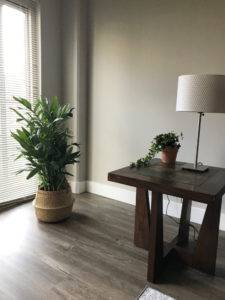
History of the Bamboo Palm
The Bamboo Palm has the scientific name Chamaedorea as we discussed in the beginning, but something really crazy about the Chamaedorea is there are over one hundred different species of the Chamaedorea. You can find most of these variations naturally grown in subtropical and tropical regions all across North and South America, which makes it easy for them to become houseplants in the states, since they are already acclimated to many of their climates that they become plant babies in.
This particular species of Chamaedorea is known to grow upwards, which is great because it will not grow and take up outward space in your home. The growing in a clustering effect helps keep the plant relatively tight in at the core of its potting, unlike some other plants that will grow leaves that hang far outside of the realm of their pot home and can take up quite a bit of space.
Due to the Bamboo Palms tropical nature, you will often see it in coastal home design as a décor piece and even in some home designs rooted in Asian culture due to the Bamboo aspect. Bamboo, known to be lucky and creating an environment of zen due to pop culture, has made any plant associated with Bamboo popular, and the Bamboo Palm is absolutely no exception, seeing spikes in Bamboo Palm owners in the last couple of years wanting to put their original twist on the classic Bamboo people popularize. This plant is for the daring and bold that want to experiment with home design and bring a showstopper into their environment. This does not have to be limited to homes though, many offices display lovely palms. You will commonly see it throughout many homes featured for their beautiful home design and style all across magazines and the internet. Find yourself in that stylish category by getting yourself your very own!
And that is a wrap – We hope you enjoyed your complete guide to all things Bamboo Palm and Chamaedorea. The goal of this article was for you to find yourself many informative tips and tricks on how to care for and grow the special Bamboo Palm baby that you have just gotten or are considering making that leap to purchase. Start with the proper amount of light (not too much), consider investing in a soil probe to better educate yourself on when to water, do not forget that nutrients for your plant are very important, and the Bamboo Palm is no exception. Make sure you are not letting salt kill your plant since the Bamboo Palm is overly sensitive to salt intakes that can be in the water you are giving it. Cleaning and looking for pests are always important factors as well, but this particular plant should not be as susceptible to these issues so do not fret too much. Pruning should be low maintenance and irregular task and revel in the fact that your Bamboo Palm is literally working around the clock for you to clean your airspace! What an investment. Lastly, remember to enjoy the uniqueness of your Chamaedorea, because with hundreds of them all around the world your Bamboo Palm is truly one of a kind!
